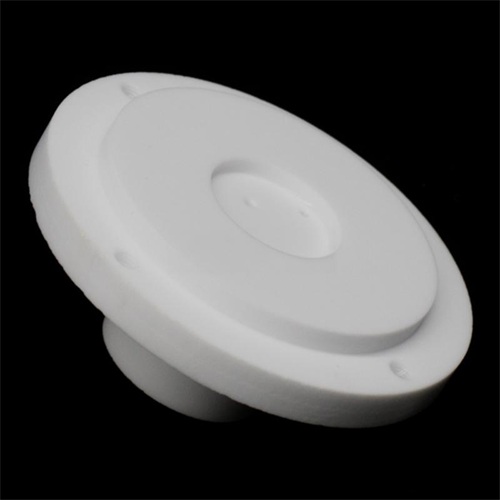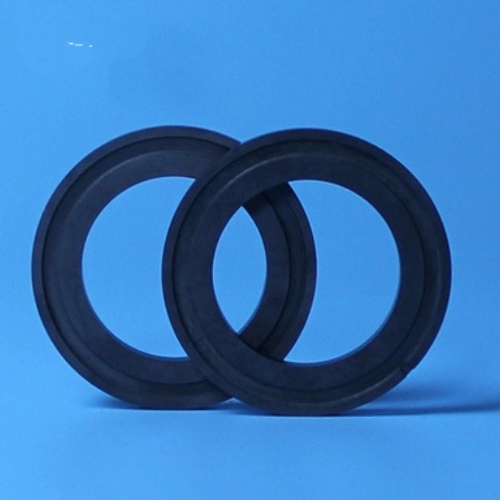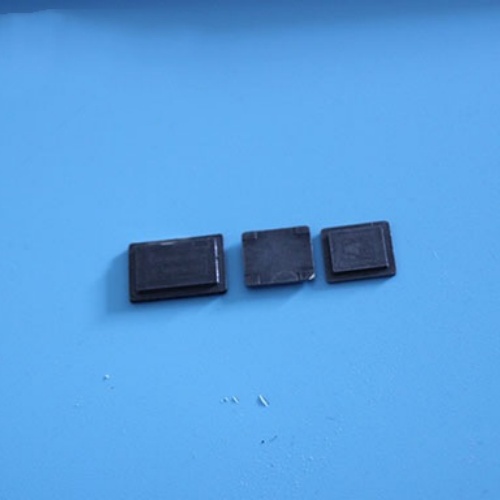In response to the extreme working conditions of hot end components in high-temperature industrial equipment, the wear-resistant yellow zirconia ceramic ring insulation sleeve adopts high-purity zirconia ceramics and advanced molding technology, designed specifically for high-temperature insulation, wear resistance, and corrosion resistance scenarios. This product features a circular ceramic structure as its core, combined with multi-layer composite design, demonstrating outstanding performance advantages in fields such as steel metallurgy, chemical thermal engineering, and thermal power plants, making it an ideal alternative to traditional metal insulation sleeves.
Analysis of Core Material Characteristics
Substrate selection: Upgraded formula for zirconia ceramics
Material composition: Using 3Y-TZP (3% yttria stabilized tetragonal zirconia) as the matrix, the material maintains a stable phase structure at high temperatures (>1200 ℃) through nanoscale powder dispersion technology.
Yellow coloring process: By doping rare earth elements (such as Pr ³ ⁺, Nd ³ ⁺), the ceramic presents a high saturation yellow color, which is convenient for visual recognition during equipment inspection and can optimize surface thermal radiation efficiency through light absorption characteristics.
Microstructure: Fine grain structure (grain size<0.5 μ m) combined with closed pore design (porosity<1%), achieves thermal conductivity<2.5 W/(m · K), which is more than 40% lower than that of alumina ceramics.
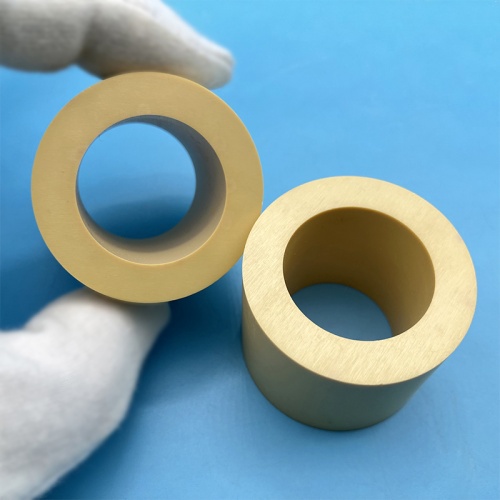
Innovation in Product Structure Design
Three layer composite protection system
Outer layer: high-density yellow zirconia ceramic ring (thickness ≥ 3mm), providing the main insulation barrier and wear-resistant surface;
Intermediate layer: porous alumina ceramic (porosity 30%), reducing overall density (<3.2g/cm ³) and enhancing insulation effect; Inner layer: metalized sealing layer (W/Cu composite material), ensuring reliable connection with the equipment substrate (tensile strength>50MPa).
Advantages of circular structure design
Thermal stress dispersion: The annular structure is designed with axial slots to effectively release thermal expansion stress (linear expansion coefficient ≈ 10.5 × 10 ⁻⁶/℃);
Fluid dynamics optimization: Surface micro texture treatment (Ra ≈ 0.8 μ m) reduces gas flow resistance and improves convective heat transfer efficiency.
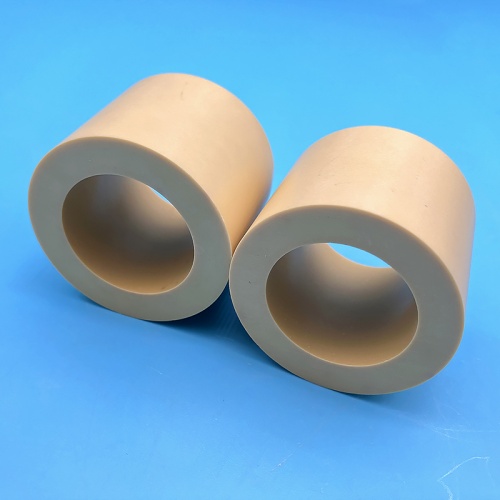
Typical application scenarios and cases
Steel industry
Hot rolling roll insulation ring: forms an insulation barrier at the end face of the roll, reducing heat loss by more than 45% and extending the life of the roll system by more than 3000 hours.
Case: After the application of a continuous rolling mill in a special steel enterprise, the energy consumption per ton of steel was reduced by 12kWh.
Chemical industry field
Reactor insulation sleeve: replacing traditional asbestos materials, resistant to HF/HNO ∝ mixed acid corrosion, and extending equipment maintenance cycle by 2 times.
Thermal power plant
Boiler superheater sleeve: operates stably for more than 50000 hours in a 850 ℃ flue gas environment, reducing the risk of metal tube wall overheating.
Semiconductor Manufacturing
RTP equipment insulation cylinder: realizes rapid temperature rise and fall cycle (Δ T=1000 ℃/min), and the temperature uniformity inside the sheet is less than ± 1.5 ℃.
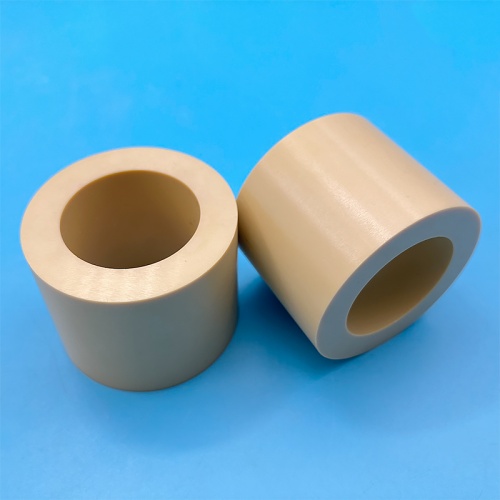
Customized solutions
Adjustable parameter range
Outer diameter: φ50-φ500mm
Length: 50-2000mm
Color options: Bright Yellow/Orange Yellow/Brown Yellow (controlled by rare earth doping ratio)
End face design: flat/stepped/threaded interface (accuracy level IT6)
value-added services
Thermal field simulation: providing pre installation thermal stress analysis based on ANSYS Fluent;
Non destructive testing: equipped with industrial CT scanning (resolution<5 μ m) and ultrasonic phased array testing;
Life prediction: Evaluate the service life under different operating conditions based on the Arrhenius model.
The wear-resistant yellow zirconia ceramic ring insulation sleeve redefines the performance boundary of high-temperature industrial insulation components through collaborative innovation in materials, structures, and processes. Its excellent thermal protection capability, mechanical stability, and chemical inertness provide a revolutionary solution for equipment upgrades under harsh working conditions.
CATEGORIES
LATEST NEWS
- What is Macor processable g...
- The material properties and...
- The reason for the high pri...
- What are the preparation me...
- Why modify aluminum nitride...
- Thermal conductivity values...
- What is the thermal expansi...
- Thermal shock resistance of...
- The average coefficient of ...
- What is high alumina ceramic

